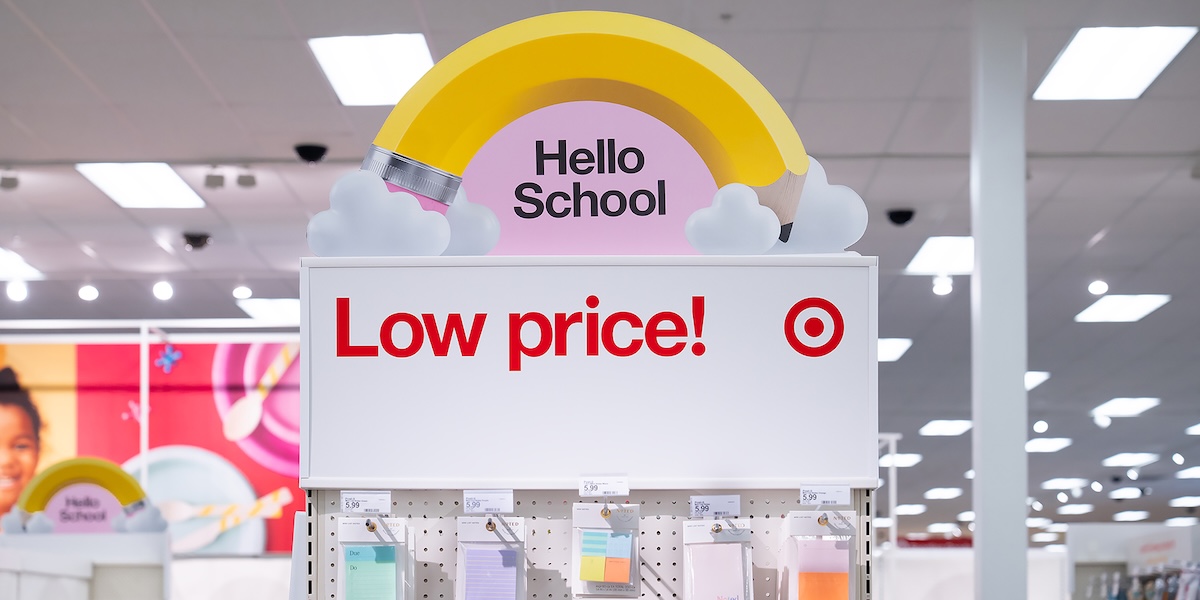‘It wasn’t really necessary’: The slow decline of price matching at big-box retailers

The practice of mass-market retailers like Walmart and Target matching competitors’ prices has been dwindling throughout the past decade.
Most recently, this July, media outlets reported that Target had ended its longtime policy in stores of price matching competitor prices, instead only matching prices that differ on Target’s website. An item now qualifies for a price match “if it’s an eligible Target product, bought from Target today, or in the past 14 days. It must be an identical item, brand name, size, weight, color, quantity and model number and the price is lower from Target.com or your local Target store,” according to the retailer’s website.
“We’ve found our guests overwhelmingly price match Target and not other retailers, which reflects the great value and trust in pricing consumers see across our assortment and deals,” a Target spokesperson told ABC News in a statement July 21.
In 2017, Walmart stopped price matching competitors at the register. Two years later, the company stopped offering its Savings Catcher price-match service, which offered refunds via gift cards to customers who paid more than rival stores’ advertised prices, according to Retail Dive. In an email to customers in 2019, per Retail Dive, the company said it already offered the lowest prices on most items.
“Walmart’s prices win most often when you submit your receipts, which tells us that the [Savings Catcher] program’s intent has been met,” the company said.
Like Target, Walmart will still match prices for products in stores if their prices differ from on its website, excluding third-party sellers.
“[Price matching] really is a relic of simpler retail times,” said Carol Spieckerman, a longtime retail analyst, speaker and B-to-B strategist. “With dynamic pricing and multiple shopping channels, with third-party sellers and the rise of marketplaces and even the proliferation of private brands, all of these dynamics make price matching not only complicated, but also really past its prime and unnecessary.”
Amazon also does not offer a price matching policy, though it had offered post-purchase price adjustments to customers who found better prices elsewhere until 2016, when it discontinued this practice on all items other than televisions.
“When you’ve got Amazon not doing any price matching and Walmart really curtailing it, I think that really does create a permission structure for other retailers like Target to just follow suit,” Spieckerman said. She also speculated that Target’s poor financial performance in recent quarters could have been a factor: “They made that decision obviously because they’ve been experiencing some difficulties and they need to wring as much profit as possible out of every sale.”
‘It’s just a no-win’
Retailers have been on and off with price matching for decades. For example, retailers such as Target and Walmart began offering price-match policies around 2009 during the Great Recession as a goodwill gesture to customers. Some, at times, would offer it just during holiday periods.
The rise of online shopping, which, in turn, allowed customers to compare prices more quickly than ever before, also helped usher in a new price-matching war. In 2012 and 2013, Target and Best Buy began matching online retailers like Amazon, as well as Walmart and Toys “R” Us, after Amazon introduced a smartphone app where customers could scan barcodes in retail stores to compare their prices to Amazon’s.
Gary Sankary, a retail industry strategist for Esri, a geographic information system (GIS) company and a former Target employee who worked in various roles with the company from 1987 to 2014, said that during his time with Target, he found price matching item for item to be a no-win scenario for retailers.
“It’s just a race to the bottom, and you’re giving up margin, probably uselessly, if you dictate that we always have to be a nickel lower than my competition,” he said. “Pretty soon, you’re selling stuff at a loss. The customer likes that, but it wasn’t really necessary to drive business.”
Still, Sankary said, publicly saying that it has removed price matching created yet another negative impression of Target to shoppers — even those who don’t actually take advantage of the policy.
“If it was up to me, I would have just rolled that policy out and not gone public with it, … and dealt with it on a customer-by-customer basis,” Sankary said, adding that he doesn’t believe a large number of people try to price match. “People get upset about stuff even if it doesn’t affect them.”
Spiekerman agreed, especially as the company continues to face multiple challenges in perception — from backlash to its pullback of diversity, equity and inclusion initiatives to falling sales. She said the company could still match prices on a case-by-case basis if customers get upset in stores.
“Why create another PR headache when you could just quietly have handled the exceptions on a case-by-case basis and just let it happen through word of mouth? It’s like declaring that you’re going to be less customer friendly,” she said. “I think it’s something that would have been better done in a much softer way.”
Which retailers are still doing it
The practice remains alive and well at specialty retailers. Best Buy, Home Depot and Lowe’s still match prices of competitors, according to their websites. They exclude prices from third-party sellers on those websites, among other exclusions.
Sankary said this makes sense as those specialty retailers offer high-ticket items such as washers and dryers or televisions, on which customers will want to make sure they are getting the best deal.
“There are a lot of consumers who — whether they admit it or not — enjoy the hunt for [higher-price] items, and the search and the research before they figure out where they’re going to buy it,” Sankary said.

